Innocastle update (June 2020)
The pandemic has been a test of character and determination for people all over the world. Nothing can compare to the sacrifices made on the front line. And our hearts go out to all those who have suffered.
Within the INTO family, it has been good to hear responses from our Covid-19 TAP-INTO grant recipients. We were delighted to be able to make awards to members from Fiji to Zanzibar, Saint Lucia to Jordan.
We’ve all had to rethink a lot of our work, including how we deliver projects that rely on transnational cooperation. We had a good partner meeting of the Innocastle project last month, as we work out how to take more content and learning online.
The team should have been in Flanders in May 2020 on our final study visit. These have been critical to the inter-regional learning that underpins Innocastle. And we all know how important it is to spend time together in order to properly understand each other’s work. Many a vital nugget of learning is shared over coffee or on buses! Well, the Flanders study visit was first postponed and then completely virtualised.
To be able to reach out to INTO for assistance at this time is wonderful. One of the silver linings of the pandemic has been the sense of community and support in the voluntary sector and INTO has been at the forefront in this area.
Innocastle online
It began with an online workshop where we heard interesting presentations from the Flemish state organisations, on both cultural and natural heritage. Marc de Bie from the Flanders Heritage Agency talked about integrating landscape into their work through the Immovable Heritage Master Plan model. It was great to learn how they are encouraging stakeholders and local communities to develop nature friendly orchards.
Griet Celen of the Flemish Land Agency spoke movingly about how the countryside is covered in concrete (now 16%). And their desire to create and improve open spaces. Both stakeholders talked about cross-sectoral, collaborative processes, which was very inspiring.
A different approach
Then Paul Lambrechts finished the webinar with a passionate story of volunteer efforts to save Heers Castle in Limburg. The 16th century castle is collapsing. The elderly owner is happy to sell, but there are legal, inheritance and debt issues. Local people are eager to get involved. But time is running out. A team of volunteers has got together to try and bring the property back to life. To give it new significance and reconnect it with the village. They have already made much progress on clearing the surrounding parkland, which they have plans to open to the public. But the castle itself needs completely restoring. And no one has the sort of money required. (In fact, the team at Heers are already also exploring crowdfunding ideas like Dartagnans.)
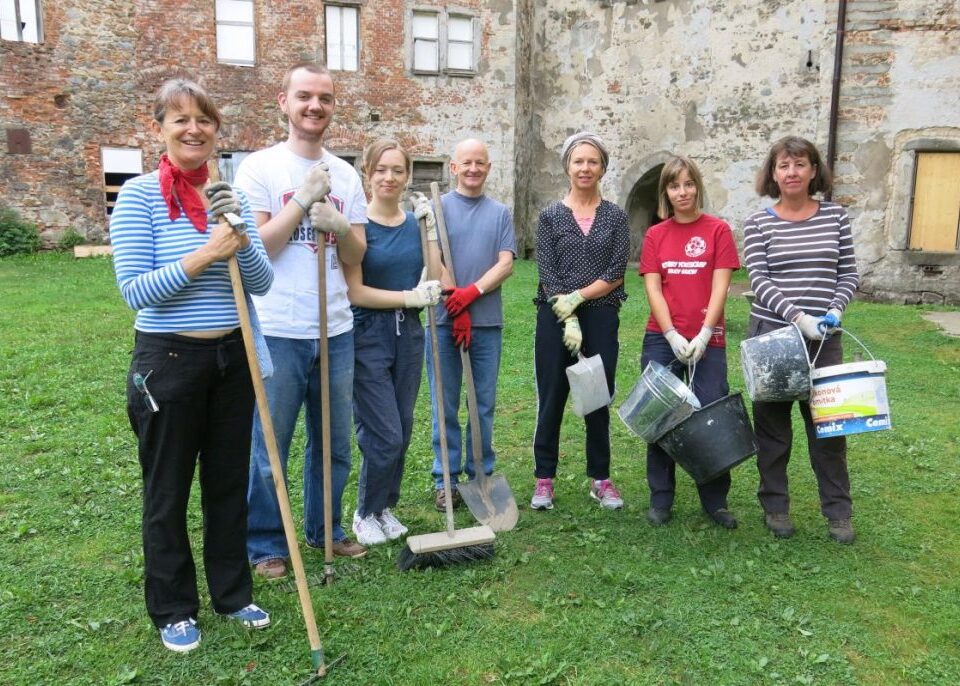
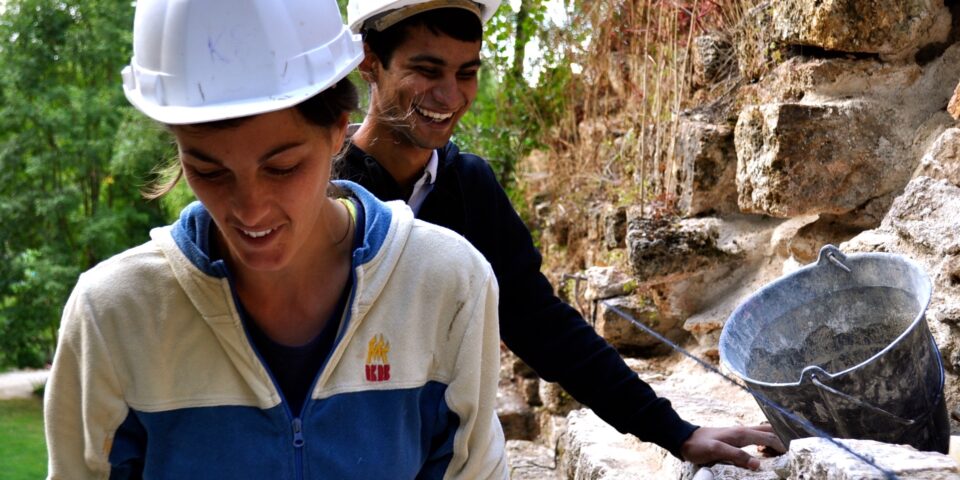
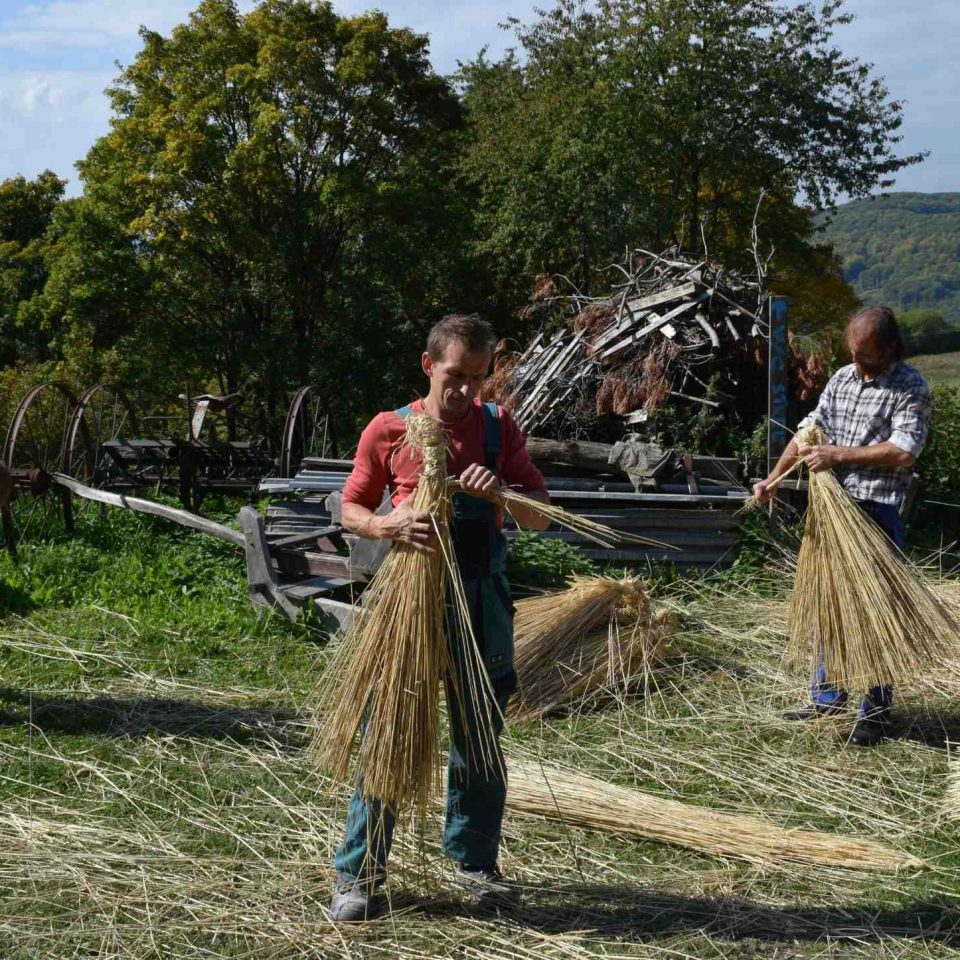
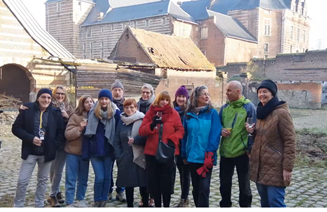
Community heritage
Everyone was so inspired and uplifted by this last good practice. One sentence that particularly stood out from Paul’s presentation was that they are looking at “different and cheaper ways of saving it for future generations”.
It resonated with the Transylvania Trust’s renovation of Banffy Castle, whilst training local people in preservation skills. And REMPART‘s work to deliver restoration work through volunteer workcamps, with a strong ethos of social benefit. Or what the Czech National Trust is achieving at Rožmitál and the Tomb of Marie von Ebner-Eschenbach.
These projects all focus on heritage as a community asset, owned and run by and for local communities.
Rather than throwing millions of euros at the project, so much can be achieved with smaller amounts of money, donated services and volunteer muscle. Moreover, its effects are often much more long-lasting in terms of local community buy-in or skills development or social welfare.
This feels like a radical return to the basic principles of our movement. 125 years on, Octavia Hill and the founders of the National Trust would have understood the volunteers at Heers Castle!
And something we’ll be talking more about at our own INTO Online 2021 Conference.
Act with passion, energy, drive and intelligence and you can achieve a lot
In a 2018 blog, Catherine Leonard, INTO’s Secretary-General, wrote about DIY history and heritage. Inspired by a Twitter conversation about heritage activism and citing CCFU’s “Community Museums”, the hands-on approach of Rempart and an article by Tim McClimon, President of the American Express Foundation, about connecting people with places.
A colleague shared her experiences working with the Stoke-on-Trent Potteries and introduced the DIY Heritage Manifesto. I love it and think there is so much we could learn from and use. I love the term ‘community heritage activist’ and the idea of using heritage for social good. […] I’d like to see us acting more like a (global) preservation movement. More activist, more challenging, more hands-on. More conversations about what heritage is and how to get more diverse communities involved in protecting it. Bring it on!
Join us at INTO Online 2021 from 20-22 April when we will be exploring this isuse further, alongside other challenges and opportunities facing the global National Trust movement.
Learn more
The focus of the webinar was on local projects, and how they are connected with certain policies in the area
The Innocastle Baseline Survey is an exploration of rural castles, manors and estates, as well as the policies and actors that influence these sites across our four European regions
Part two of the online study visit was a design sprint looking at how digital tools could solve challenges of rural estates in a creative manner
What is Innocastle?
Innocastle is about innovating policy instruments for preservation, transformation and exploitation of heritage castles, manors and estates.
We are proud to be a part of this Interreg Europe project in our role as delivery partner for the National Trust internationally. And through Innocastle, we are supporting INTO members in Belgium, the Netherlands, Romania and Spain by helping develop heritage friendly policies.
All over the world, rural heritage sites face the challenge of finding a sustainable future. Through the exchange of know-how between the five project partners, Innocastle aims to improve policy instruments governing castles, manors and estates across the European regions.
The partners are: National Institute of Heritage in Romania (lead partner), University College Ghent in Belgium, Province of Gelderland in the Netherlands, Regional Government of Extremadura in Spain and the National Trust in the United Kingdom of Great Britain and Northern Ireland (knowledge partner, through INTO).
The project is financed by Interreg Europe, with a total budget of €1,120,335.00 (85% ERDF, 15% co-financing).
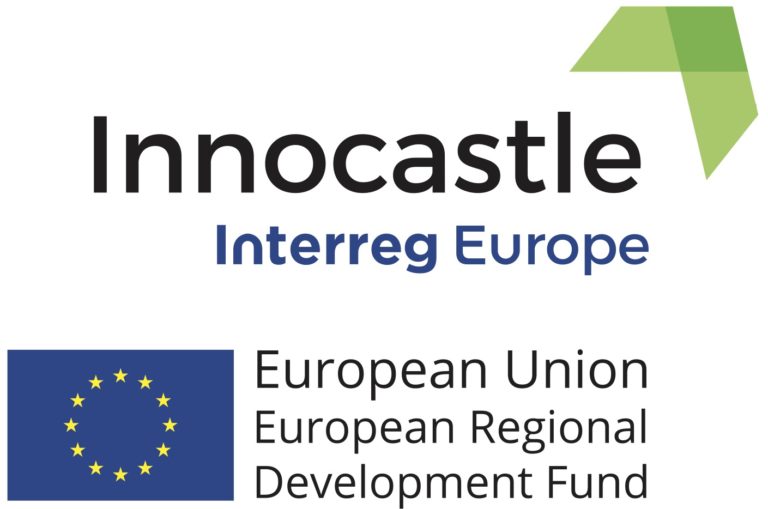
Read the National Trust good practices identified by Innocastle
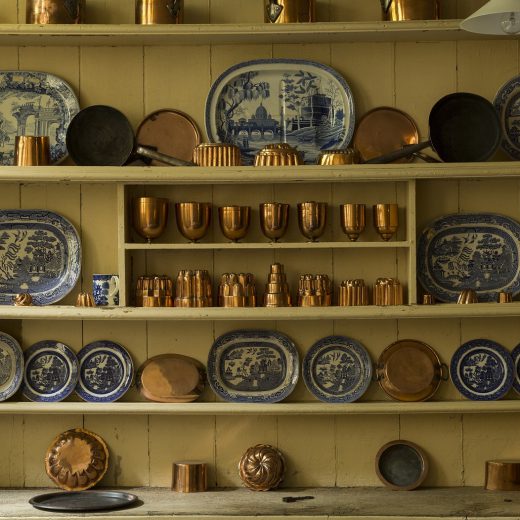
Digitising historic collections
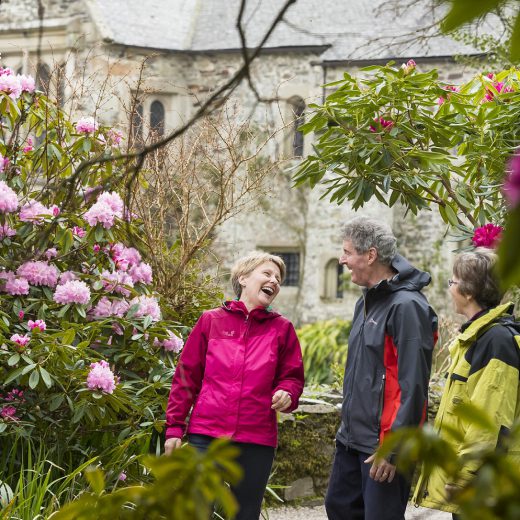
Social prescribing in the heritage sector
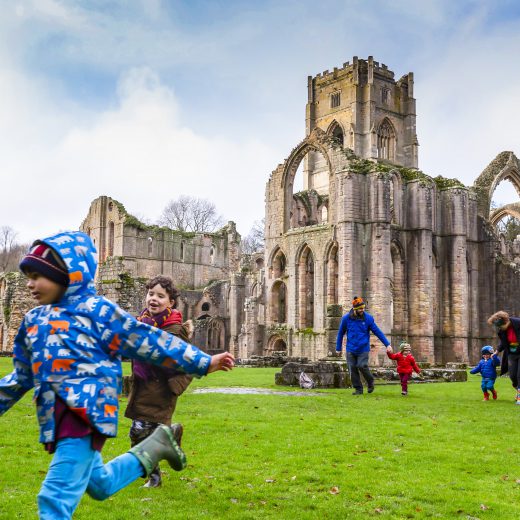
Collaboration with the National Lottery Heritage Fund
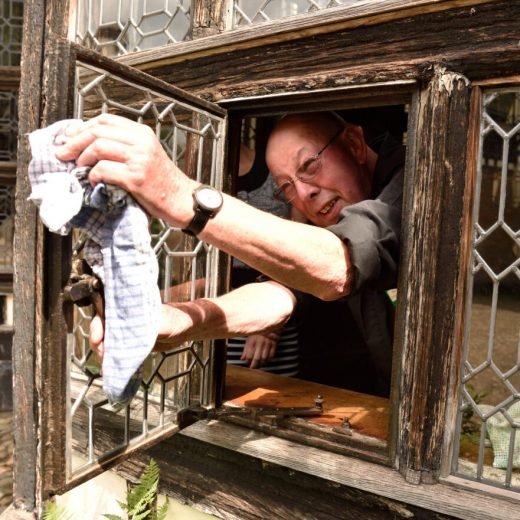
A mix of visiting and volunteering
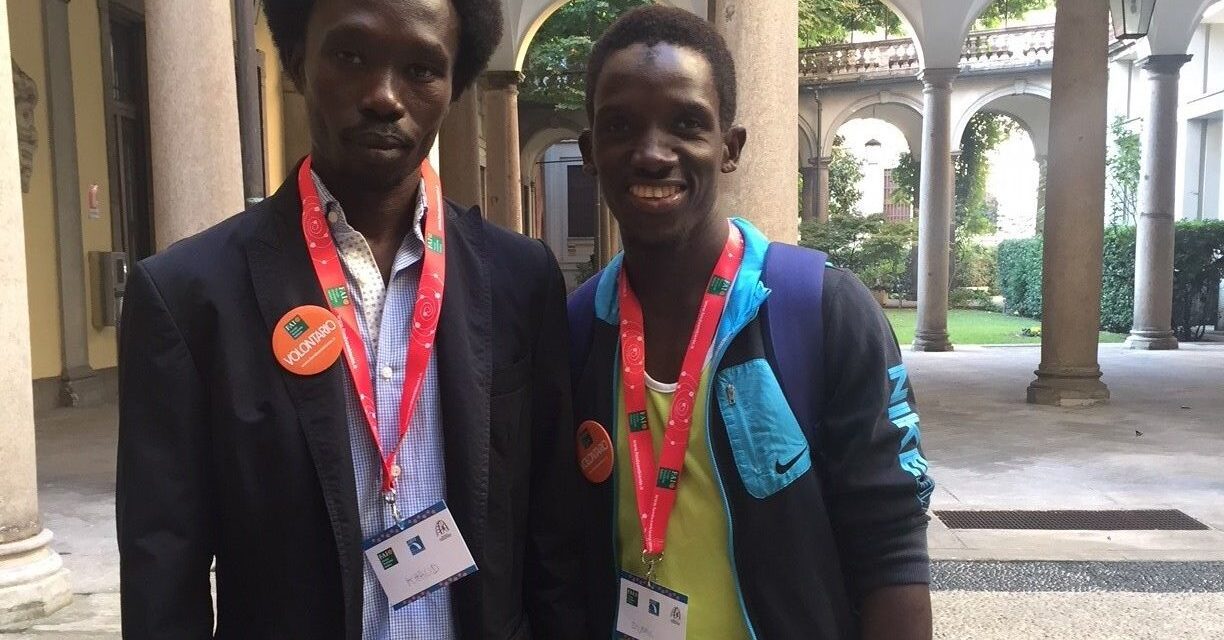
European Exchange Programme
Funded by Erasmus+ and in partnership with the Czech National Trust, our Staff Exchange in European Cultural Heritage Trusts (SEECHT) project offers practitioners from within the INTO family the opportunity to share their learning and contribute to a more open and welcoming European heritage sector.
Learn more